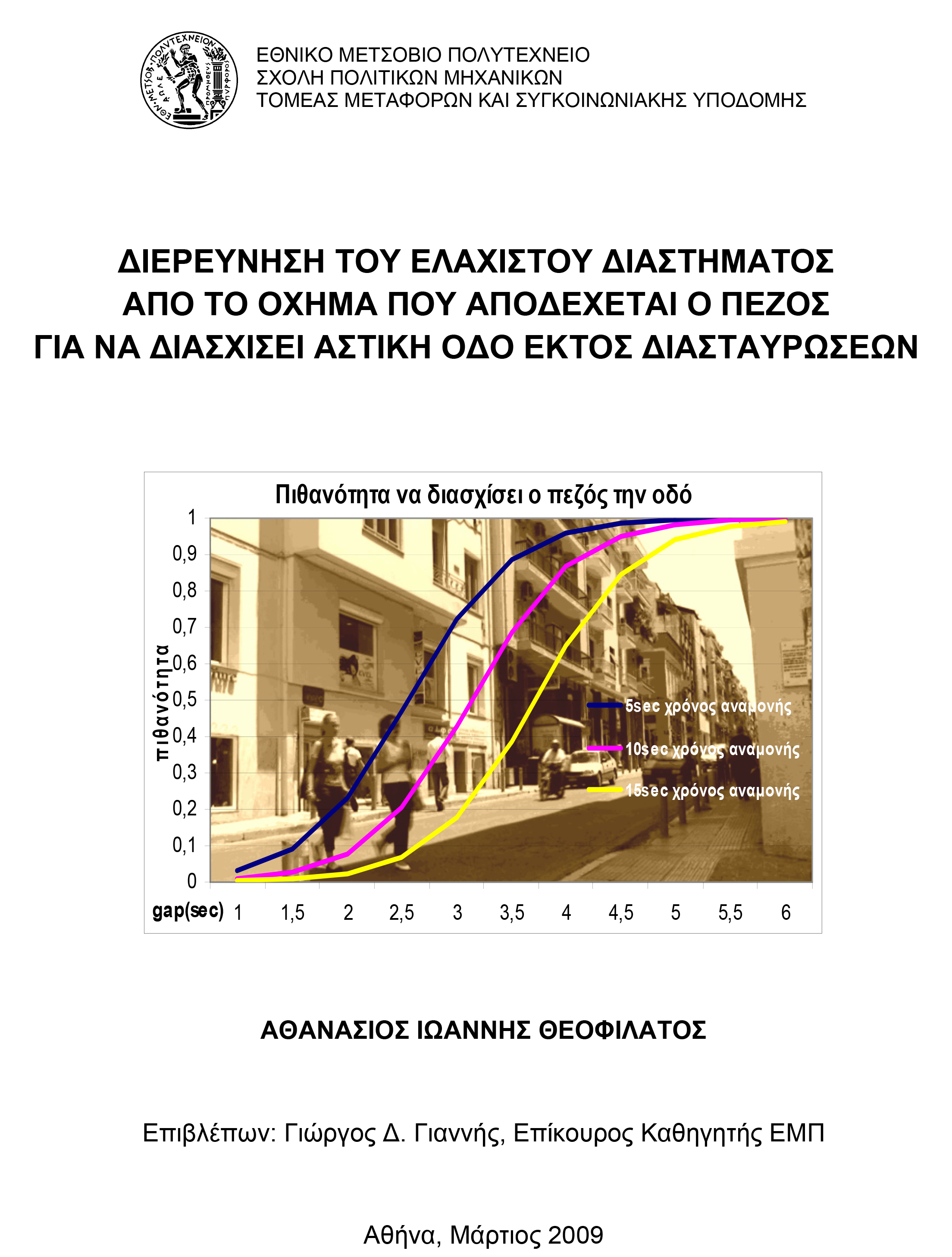
This Diploma Thesis aims to investigate the minimum gap which is accepted by pedestrians for mid-block crossing of urban streets. In order to achieve this objective, an experimental process in real road conditions was carried out. A lognormal regression model was developed in order to investigate the influence of certain parameters in the minimum pedestrian gap acceptance. A binary logistic model was also developed to investigate the influence of the distance from the vehicle and other parameters in the decision of the pedestrian to cross the road or not. From the models application it appears that the distance from the vehicle, illegal nearby parking that may affect pedestrian’s visibility, the vehicle size and possible companions have statistically significant impact to the minimum gap acceptance. Concerning the choice to cross the road or not, the waiting time and the gap between the pedestrian and the vehicle strongly define his decision.
| ID | ad24 |
| Presentation | |
| Full Text | |
| Publications | pj58 pj78 pc105 |
| Tags | driver behaviour, pedestrians, statistical modelling, traffic management |






